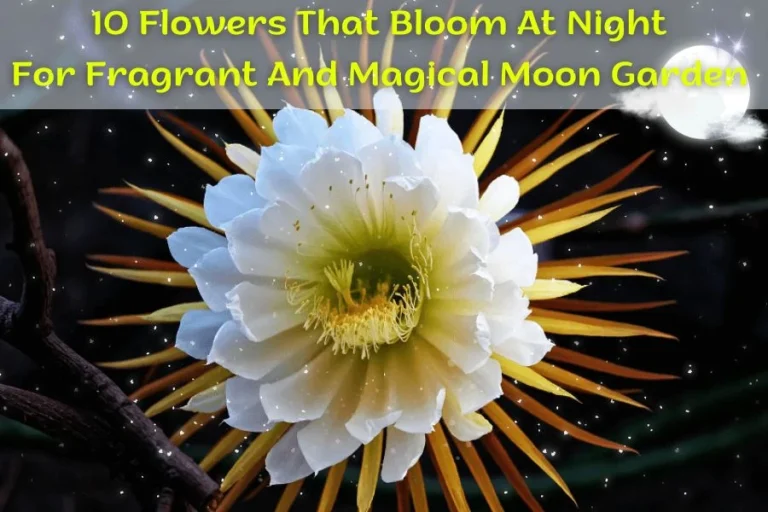20+ Flowers That Mean Sadness and Their Symbolic Meanings

While some of the flowers represent happiness and festivities, others depict a different message all together. Flowers that mean sadness have been used for centuries to express grief, sympathy, and heartfelt condolences when words fall short. Starting from the simple and elegant chrysanthemum to the frail petals of marigold, these flowers convey emotion that is soulful. Each flower that mean sadness tells its own story, making it easier to connect with those who are grieving or to honor a loved one’s memory.
In this article, we will also look at 20+ sadness flowers and what they represent. If you are ordering a bouquet for someone as a sign of care or concern or if you are just curious to know how flowers convey the language of sorrow, then take some time to read this article.
20+ Flowers That Mean Sadness
When words can’t capture the weight of sorrow, flowers that symbolize sadness can express what we feel. From blue irises to black roses, each bloom tells a story of grief, remembrance, or melancholy.
Black Roses
Black roses are flowers that mean sadness of death and mourning as well as the cessation of important stages of life. Black roses are customarily related to such feelings as grief and sorrow, which are connected with the loss of a dear person or a valuable thing. Moreover, black roses also symbolize change, bravery, and the ability to triumph over adversity, which is why it is said that even in death, there is life.

White Rose
White roses which are generally associated with purity and new beginnings, also represent sadness particularly when used in funerals or as symbols of mourning. In such ceremonies, the white rose is associated with mourning and grief since the flower petals are white symbolizing beauty and loss.
Chrysanthemum
Chrysanthemums symbolize sadness and grief are associated with death. They are used in funerals and to decorate graves. Chrysanthemums blooming period is late which makes them associated with the last things, which gives them a sense of the last thing. At the same time, chrysanthemums are associated with death but also with honor and respect, and thus they may be used to pay homage to the deceased.

Carnation
Carnations have different symbolism depending on their color, white carnations symbolize sadness and grief. Carnations are associated with pure love and childhood which has been violated; hence they are suitable for commemorating loss and grief. As a versatile flower, carnations can convey a wide range of emotions, from admiration to grief, depending on the context.
Purple Hyacinth
The purple hyacinth is the flowers that mean sadness and regret and its mythological background is based on Greek mythology where the purple hyacinth represents Apollo’s sorrow over the death of his friend, Hyacinthus. The purple hyacinth flower symbolizes the feeling of regret and the degree of sorrow, and that is why the flower is an appropriate symbol of mourning and repentance.
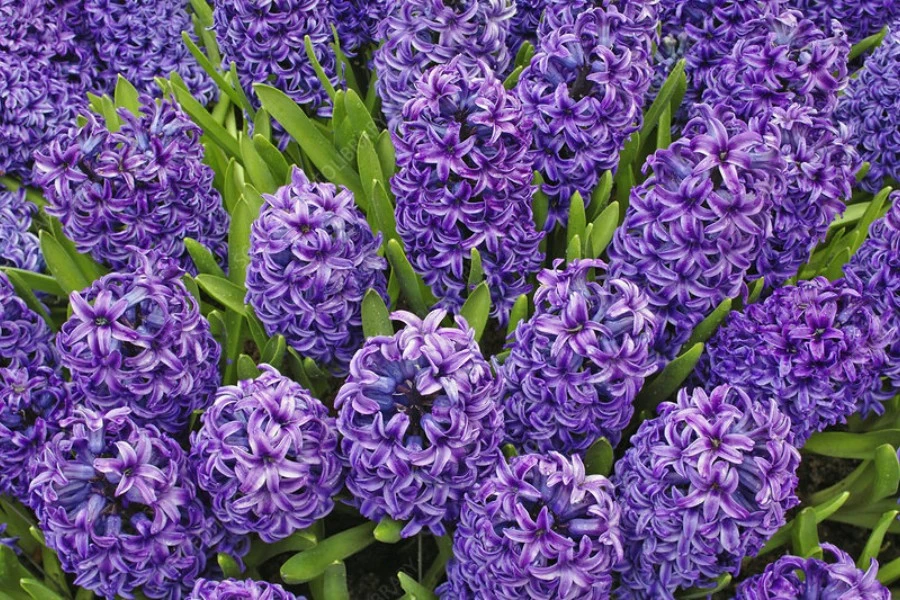
White Poppy
White poppies are flowers that symbolize sadness, which are associated with mourning and condolence. White poppies are usually placed in caskets during burial services for the deceased. White poppies are associated with Greek mythology where they were said to relieve pain and sorrow therefore white poppies are considered to be the heralds of restful sleep and the promise of eternal peace in the afterlife.
Lily
Lilies symbolize sadness, but they also have a deeper meaning purity, innocence, virginity, and resurrection. Commonly featured in funerals, white lilies represent the soul’s rest and are an effective representation of grieving. The lily also has strong connections with Christian and Greek mythology, which also underlines its importance as the symbol of sadness, condolence, and the desire for rebirth.
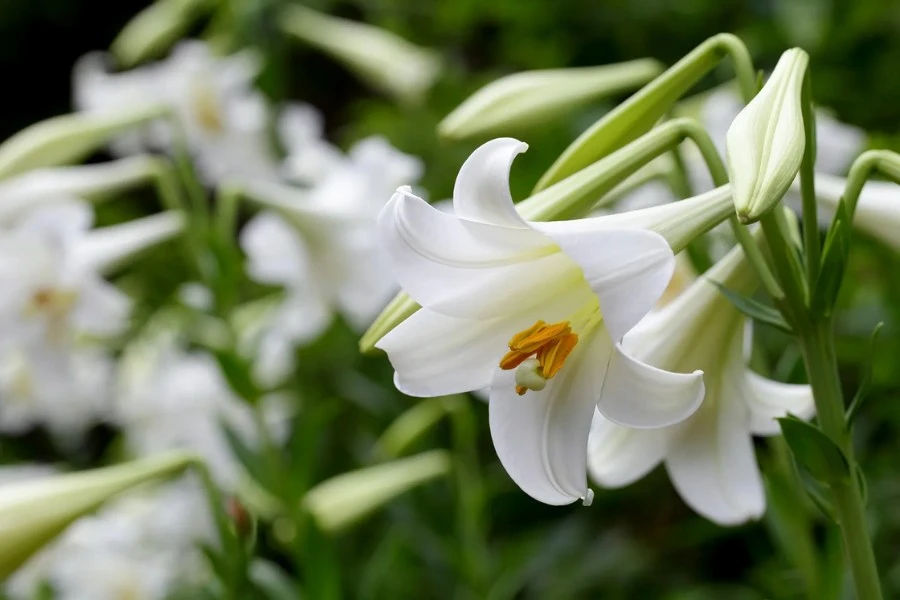
Blue Iris
Blue iris is one of the most beautiful flowers that have colors that range from deep purple to light blue and the flowers that represent sadness, blue iris depicts the state of confusion that people go through, especially during grief. Blue iris is a symbol that despite the sorrow, there is beauty and there is hope, encouraging us to embrace our emotions and find comfort in creative expression.
Blue Violets
Blue violets are strongly associated with sadness, meaning shyness and restraint, especially that of grief and spiritual insight. Blue Violet’s connection to love and loss is reflected in mythological tales. Therefore, Blue violets are beautiful flowers that mean sadness and faithful love.

Bleeding Heart
The bleeding heart flower visually embodies sadness with its heart-shaped blossoms and is often seen as a symbol of unrequited or rejected love. The bleeding heart flower’s appearance is like a heart with a drop of blood in it, which reflects the feeling of heartbreak and pain.
Orchid
Orchids, are known for their beauty and elegance, which symbolize sadness and death. Moreover, orchids also have darker meanings tied to loss and farewell. For example, white orchids are associated with sympathy and are often used in sympathy flower arrangements. Orchids can represent both the fragility and resilience of life, making them a thoughtful choice in times of sadness.
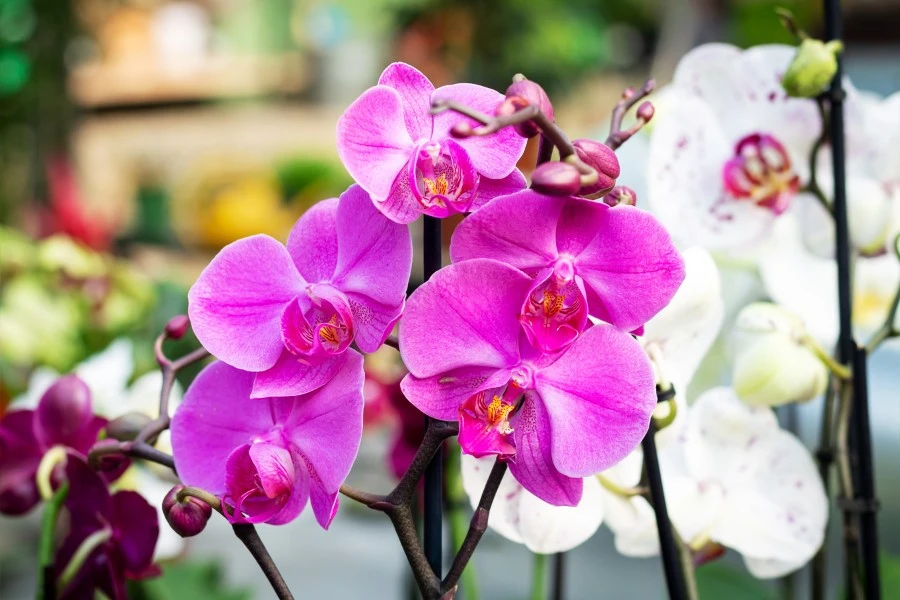
Bluebell
Bluebells are flowers that mean sadness, especially with grieving and with the concept of time. In folklore, Bluebells are the souls of the deceased who, while still being close to death, help comfort those who are grieving for their lost ones.
Gladiolus
The gladiolus flower which is symbolic of strength and remembrance of a loved one is symbolic of honor and sadness. Their connection to Greek mythology, where gladiolus was believed to ease pain and grief, makes them a symbol of comfort and the hope for restful peace beyond life.
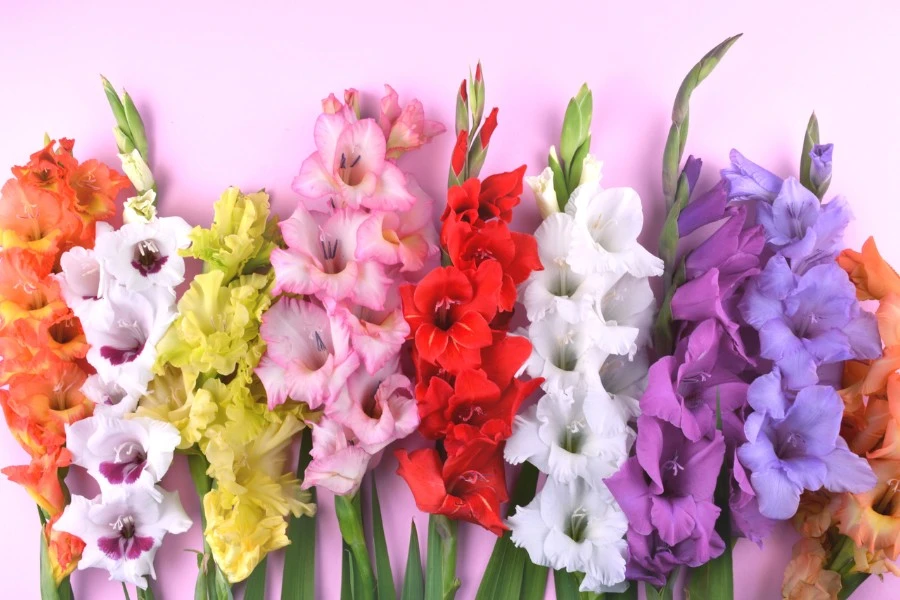
Hydrangea
Hydrangeas symbolize different feelings, including sadness, thankfulness, apology, and remorse. Blue hydrangeas, for example, are more likely to be connected with regret and an attempt to apologize, which is why hydrangea flowers may convey sadness and the depth of people’s feelings.
Red Spider Lily
The red spider lilies are associated with sadness, and grief and are related to death and people’s last words. Red Spider Lilies are known as the flowers of the heavens, they represent the pain of separation and the inevitability of parting ways, embodying deep, lasting sorrow.
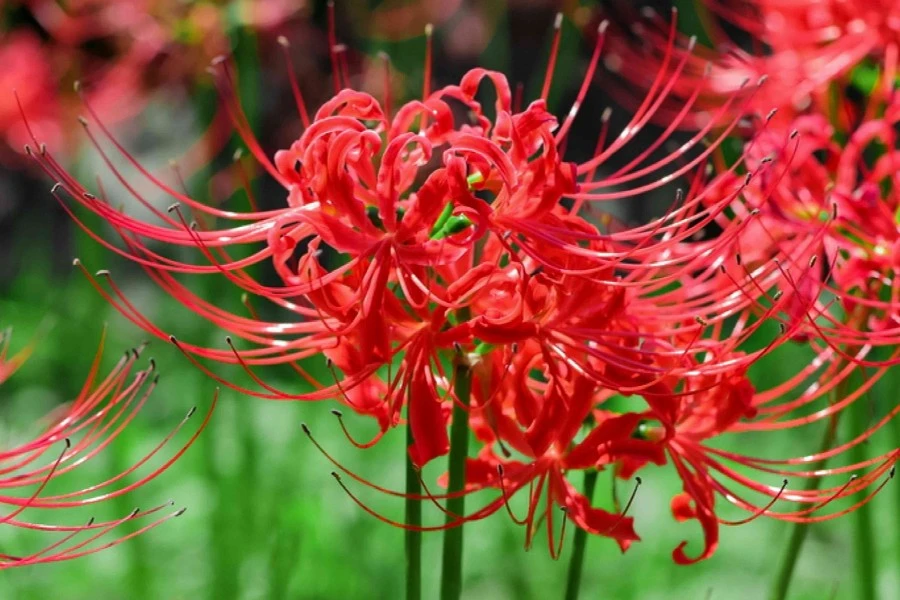
Star of Bethlehem
Star of Bethlehem has a mysterious sadness in it through its association with redemption and forgiveness, which symbolizes the desire for harmony and restoration after a loss. Star of Bethlehem is a message of hope given in a time of mourning, of consolation in the face of loss.
Copihue
Copihue represents the sadness of lost love and the difficulties of love that is forbidden. Moreover, copihue also symbolizes strength and patriotism the flowers also reflects the internal turmoil of having to endure tough times and being separated from loved ones.
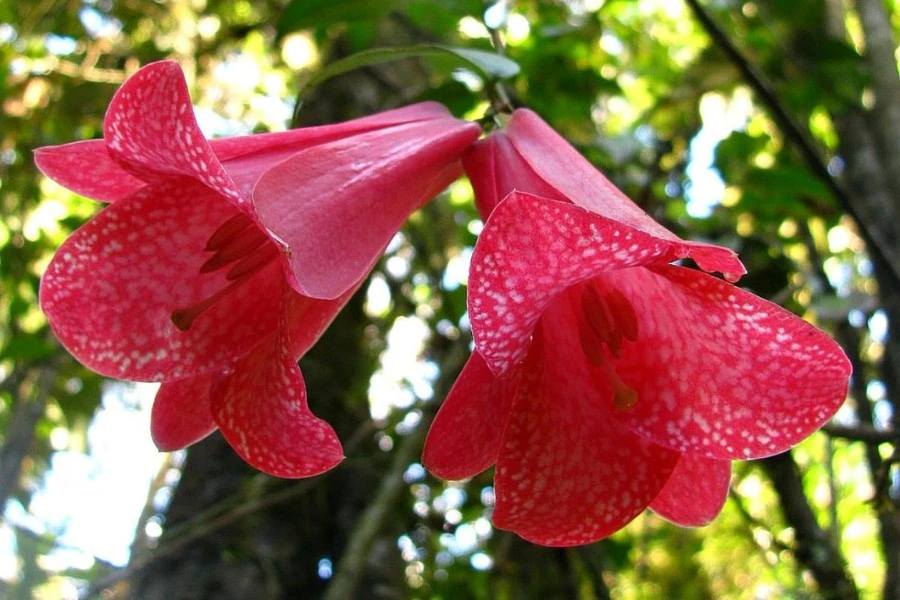
Frangipani
Frangipani is a flower that is mainly connected to beauty and elegance; however, it is also connected to sorrow and melancholy since it is a symbol of the impermanency of life and the complex feelings linked with love and loss. Its frailty of the petals symbolizes the fleeting feeling of happiness and the sadness that comes with the feeling.
Lily of the Valley
Lily of the valley is associated with sadness, but gentle sorrow, and lily also is considered to symbolize purity as well as the ability to come back from a loss. Lily of the Valley’s connection with the Virgin Mary and resurrection gives the hope in the mourning period and a reminder of new life after death.

Marigold
Marigold, despite its bright appearance, symbolizes sadness and remembrance, especially in cultures that use it at burial ceremonies. As a symbol of death and mourning, Marigold represents the deeper sorrow of death and the cycle of life and death.
Wormwood
Wormwood’s bitterness is a manifestation of profound sadness, which is associated with divine retribution and anger. Moreover, wormwood’s connection with pain and suffering symbolizes the ugly side of life especially the repercussions of actions that result in remorse and grief.

Cyclamen
Cyclamen are flowers that mean sadness through their association with death and mourning in ancient Greek culture, where it was planted in cemeteries as a tribute to the departed. The cyclamen flowers are delicate and last for a short time only, which also contributes to the sad connotations of the plant, as well as the acceptance of change and the fact that it is accompanied by grief.
Ideal Special Occasions to Give Flowers That Mean Sadness
Flowers that represent sadness are thoughtful gifts for moments of reflection, remembrance, and comfort during difficult times. Some of the best times to give sad flowers are during funerals, memorial services, and other grieving events like the anniversary of the death of a loved one. Flowers such as cyclamen, white roses, and snowdrops are tender and do not overwhelm the recipient with their presence while providing comfort in the form of recognition of the loss and the shared grief.
Presenting flowers that mean sadness on these occasions also honors the importance of the event while at the same time expressing concern and empathy with the bereaved.
Final Words
Flowers that mean sadness are not just beautiful additions to bouquets or gardens; they offer a poignant way to express sympathy and honor the complex emotions of loss. Chrysanthemums, marigolds, and poppies are some of the flowers that add beauty and meaning to any flower arrangement as they symbolize sympathy and grief. Their timeless elegance and profound meanings allow you to communicate sorrow and remembrance in a uniquely meaningful way.
USA Shipping
We offer free shipping across USA through FedEx
Secured Checkout
All purchases made on website are safe & secure
Call and Email Support
Proper email and call support to address concerns
Easy Returns
We have a hassle-free 30- day return policy



